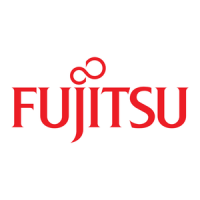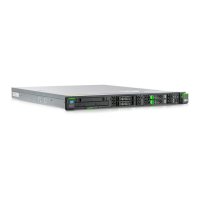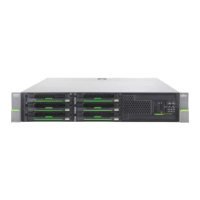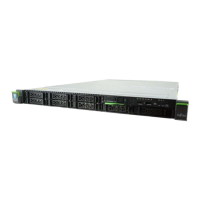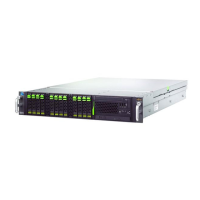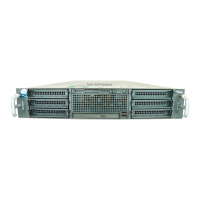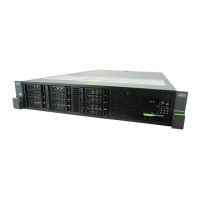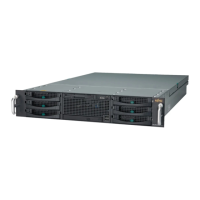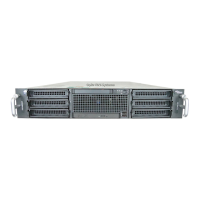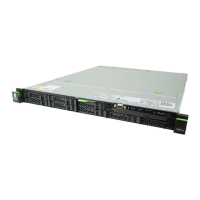About 1FINITY
Fujitsu's 1FINITY
™
plaorm gives network operators an open, simple, and scalable architecture to meet escalang bandwidth demand.
The disaggregated plaorm delivers exibility, scalability, and eciency. Unlike converged systems, the programmable, modular, blade-
centric design of 1FINITY allows expansion only as demand requires. Addional features include high rack space usage, evergreen
technology design, operaonal convergence, open pluggable opcs, open applicaon programming interfaces, and open protocols.
Disaggregaon of the 1FINITY plaorm gives its product families integrated access, transport, switch, and lambda funcons. A soware
framework provides logical re-aggregaon to provide programmable soware management and control. The modular blades operate
both independently or in combinaon with other Fujitsu or competor opcal plaorms.
The 1FINITY plaorm uses the YANG data modeling language to model conguraon and state data. YANG data models are made up of
modules and sub modules that are managed by a command line interface (CLI). A YANG module denes a data model through the
hierarchical organizaon of and constraints on its data. Each Yang module, uniquely idened by a name space URL, provides the data
model, remote procedural calls, and nocaons for a parcular part of the system.
CLI provides the mechanism for the user to enter commands that congure and manage enes. For example, interfaces, access control
lists, and maintenance endpoints and perform operaons, administrave, and maintenance tasks on the NE. The CLI is hierarchical, which
means that it has nested layers of commands.
Note: For more detailed use of CLI with 1FINITY informaon, refer to 1FINITY CLI User Guide, available on the Fujitsu Partners website,
hps://partners.fnc.fujitsu.com/documentaon.
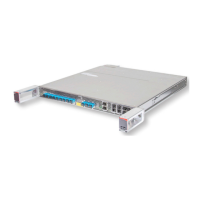
